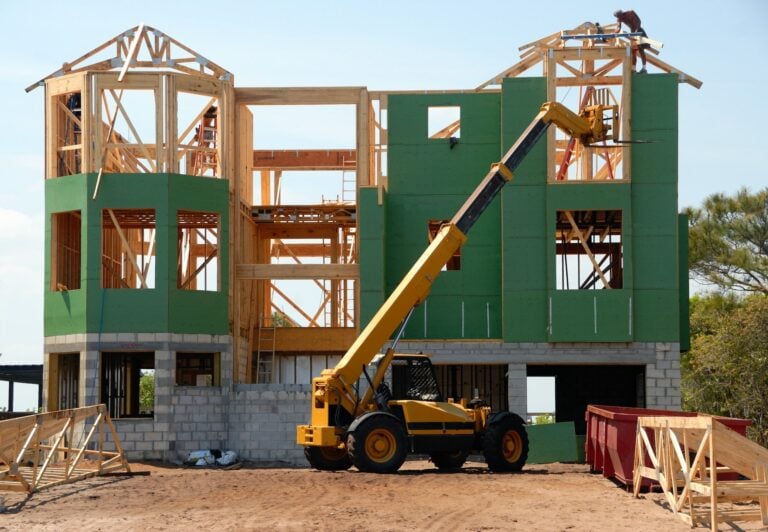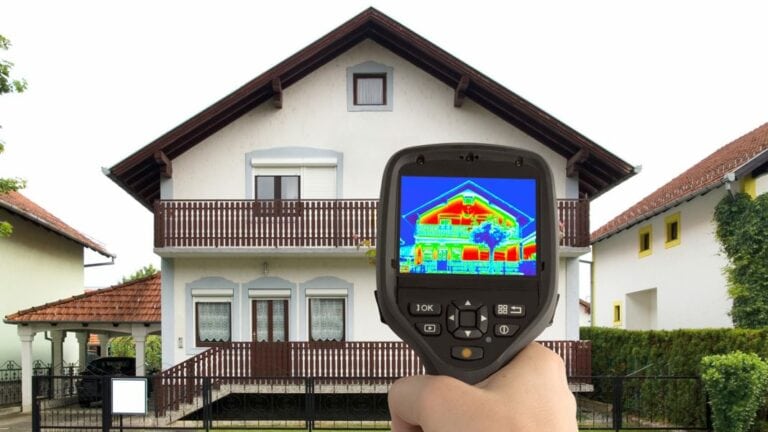Previous slide
Next slide
Quality Home Inspections

Residential Inspections
A comprehensive buyer’s or seller’s inspection looking at the crawlspace, exterior, Major systems and appliances, all interior components, plumbing, electrical, roof, and attic.

New Construction Inspection
All new homes should have an independent inspection. We also perform 1-year warrantee inspections on new homes as well.

Commercial Inspection
We provide a comprehensive Commercial inspection of your property to make sure all systems and structure are up to current standards.

Specialty Inspection
We offer Indoor air quality inspections, Thermal imaging inspections, structural inspections, and more.
If I could give this company 10 stars I would!!!! I could talk for hours about how wonderful Floyd and his team of awesome home inspectors are!! Floyd Gibbs is the owner of Quality Home Inspections and is one of the nicest people you will ever meet! They are ABSOLUTELY THE BEST HOME INSPECTION COMPANY OUT THERE!! As a Realtor, I order home inspections for my clients 99% of the time and I ALWAYS use Quality for every deal I do!! They have never disappointed me or my clients! They are extremely helpful and knowledgeable, and go above and beyond for my clients even after the deal is done!! If you are a Realtor in search of inspectors that you can trust and count on, look no further! If you are a consumer looking yourself, this is the best there is!!
– Karen S.Home Owner
The best decision we made this year! We rent an apt, and we have had health issues due to mold in the HVAC/ventilation unit. We tried to get our apt complex to clean the mold professionally, but instead they made the issue worse using unlicensed mold techs. We decided to really find a professional to help us! Floyd Gibbs, the owner came to see us. He taught us how to clean our air and breathe better, how to find out what companies are licensed to do mold remediation, lead and asbestos. He showed us what is wrong with our apartments HVAC unit and why it’s causing bad air quality. He took an air test, took lots of photos, looked around everywhere and really listened to us about what we been through. He was thorough and helpful and very informative! He gave us inspiration and strength to deal with this stressful issue. I am so glad I did my research and found his company! He is worth it!
Leslie K.Home Owner
10 STARS!!! I’ve had a total of 3 home inspections done in the last year and which Floyd did the first one and third one himself and I regret not calling him on my second one. His experience, expertise and overall advice as well as his knowledge has exceeded my expectations. His staff is friendly, quick, and always able to answer any emails and phone calls. They are extremely well priced for the quality work they have put into the reports and the business. I will recommend to all family and friends to call Quality Home Inspections in the future.
Jason K.Home Owner
Previous
Next
